For years, open-plan offices were seen as the gold standard for modern workspaces—breaking down barriers, encouraging collaboration, and fostering a sense of community. But as businesses evolve, so do workplace needs. While open layouts can boost teamwork, they also bring challenges like noise, distractions, and a lack of privacy. Today, companies are shifting toward a more balanced approach, designing offices that cater to both collaboration and focused work.
The Challenges of Open-Plan Workspaces
Open spaces create opportunities for interaction, but they can also lead to decreased concentration and increased stress.
Noise and Distractions
With few physical barriers, employees are constantly exposed to conversations, phone calls, and background noise, making it difficult to focus. Studies have shown that excessive noise can lower productivity and even increase workplace stress.
Lack of Privacy
Not every task benefits from an open environment. Employees working on confidential projects, deep-focus tasks, or sensitive calls often struggle in an open-plan setting, leading to frustration and lower efficiency.
One-Size-Doesn’t-Fit-All
Different roles require different work environments. While sales teams may thrive in a dynamic, high-energy space, designers and analysts might need quieter settings to concentrate. A rigid office layout doesn’t account for these diverse needs.
Striking the Right Balance: Flexible Workspaces
Rather than choosing between open or closed layouts, companies are now embracing flexible office designs that offer a variety of spaces tailored to different work styles.
Activity-Based Working (ABW)
ABW allows employees to choose from different zones depending on their tasks. A well-designed office should include:
- Quiet zones for focused work
- Collaboration hubs for team discussions and brainstorming
- Social areas for informal meetings and casual interactions
This flexibility encourages employees to move freely, boosting engagement and efficiency.
Private Spaces for Deep Work
While open areas promote teamwork, designated quiet spaces or phone booths provide a retreat for employees who need uninterrupted time to concentrate or handle confidential matters. These spaces don’t isolate employees but give them the autonomy to work how they choose.
Smart Acoustic Solutions
Sound control is essential in modern office design.
- Acoustic panels and carpets help absorb noise.
- Strategic use of plants acts as natural sound barriers.
- Zoning through furniture placement can subtly separate quiet and active areas.
Multi-Functional Spaces: Adapting to Changing Needs
A well-designed office should support a seamless transition between different work modes. Multi-functional spaces make this possible by allowing rooms to serve more than one purpose.
Modular Furniture for Flexibility
Adjustable desks, movable partitions, and reconfigurable seating let teams reshape their environment as needed—whether for a small meeting, a large workshop, or individual work.
Designated Collaboration Zones
Instead of forcing collaboration everywhere, creating dedicated team areas allows for creative exchanges without disrupting others. These spaces should be equipped with tools like whiteboards, interactive screens, and comfortable seating to encourage dynamic discussions.
Integrating Technology for Efficiency
Technology plays a central role in the modern office, enabling seamless communication and efficient workflows.
Smart Workspaces
- Automated lighting and climate control enhance comfort while saving energy.
- Wireless charging stations and connectivity hubs keep workstations clutter-free.
- High-tech meeting rooms with video conferencing tools improve remote collaboration.
Hybrid Work Solutions
With remote and hybrid work becoming the norm, offices must support employees both in and out of the workspace.
- Cloud-based platforms ensure seamless access to files and communication.
- Collaboration tools like Slack and Microsoft Teams keep teams connected.
- Flexible desk booking systems optimize space for employees who rotate between home and office.
Designing for Comfort and Well-Being
A productive office isn’t just about efficiency—it’s about creating an environment where employees feel comfortable, motivated, and engaged.
Ergonomic Workstations
Investing in adjustable desks, supportive chairs, and proper lighting can prevent strain and fatigue, leading to a healthier and happier workforce.
Biophilic Design: Bringing Nature Indoors
- Indoor plants and green walls improve air quality and reduce stress.
- Natural materials like wood and stone add warmth to the workspace.
- Maximized natural light supports well-being and enhances focus.
The Future of Office Design
Office design is evolving beyond the traditional open-plan model. The best workplaces today balance collaboration and privacy, flexibility and structure, technology and human-centric design.
In Singapore’s fast-moving corporate world, investing in a well-thought-out office renovation isn’t just about aesthetics—it’s about creating a space that enhances productivity, fosters innovation, and supports employee well-being. By prioritizing flexibility, comfort, and smart design, businesses can build workplaces that don’t just function but truly thrive.












.svg)

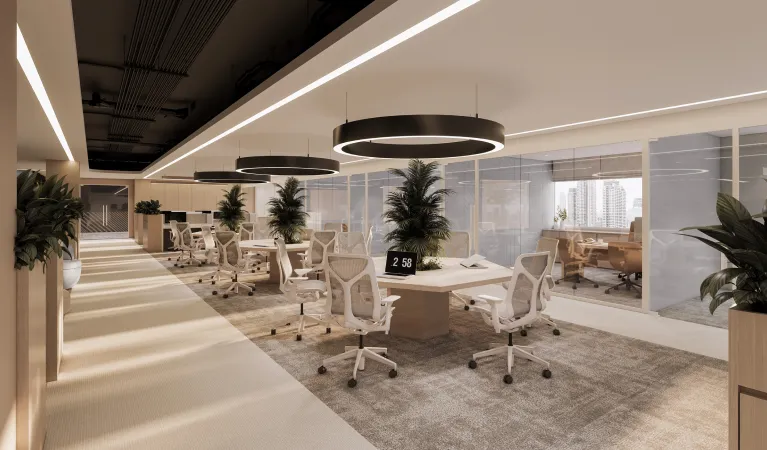
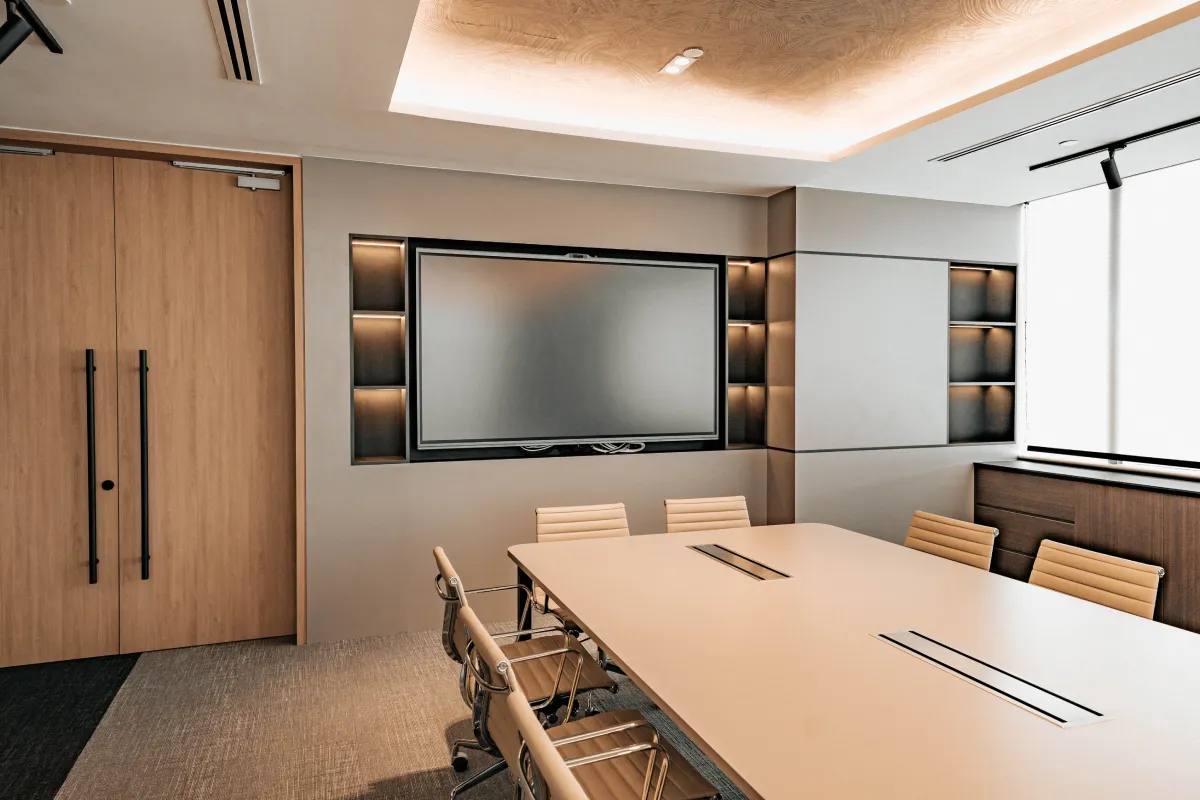

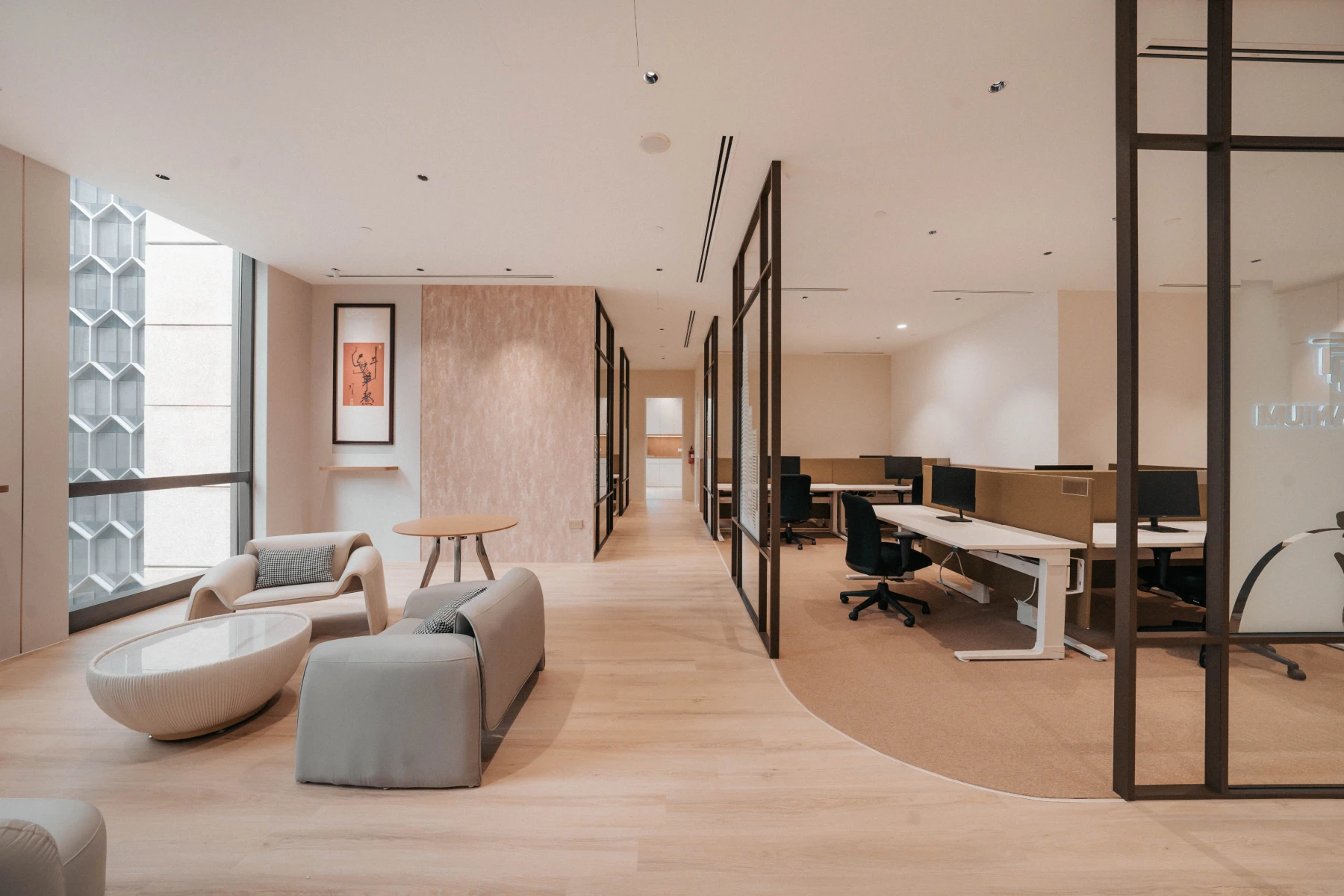
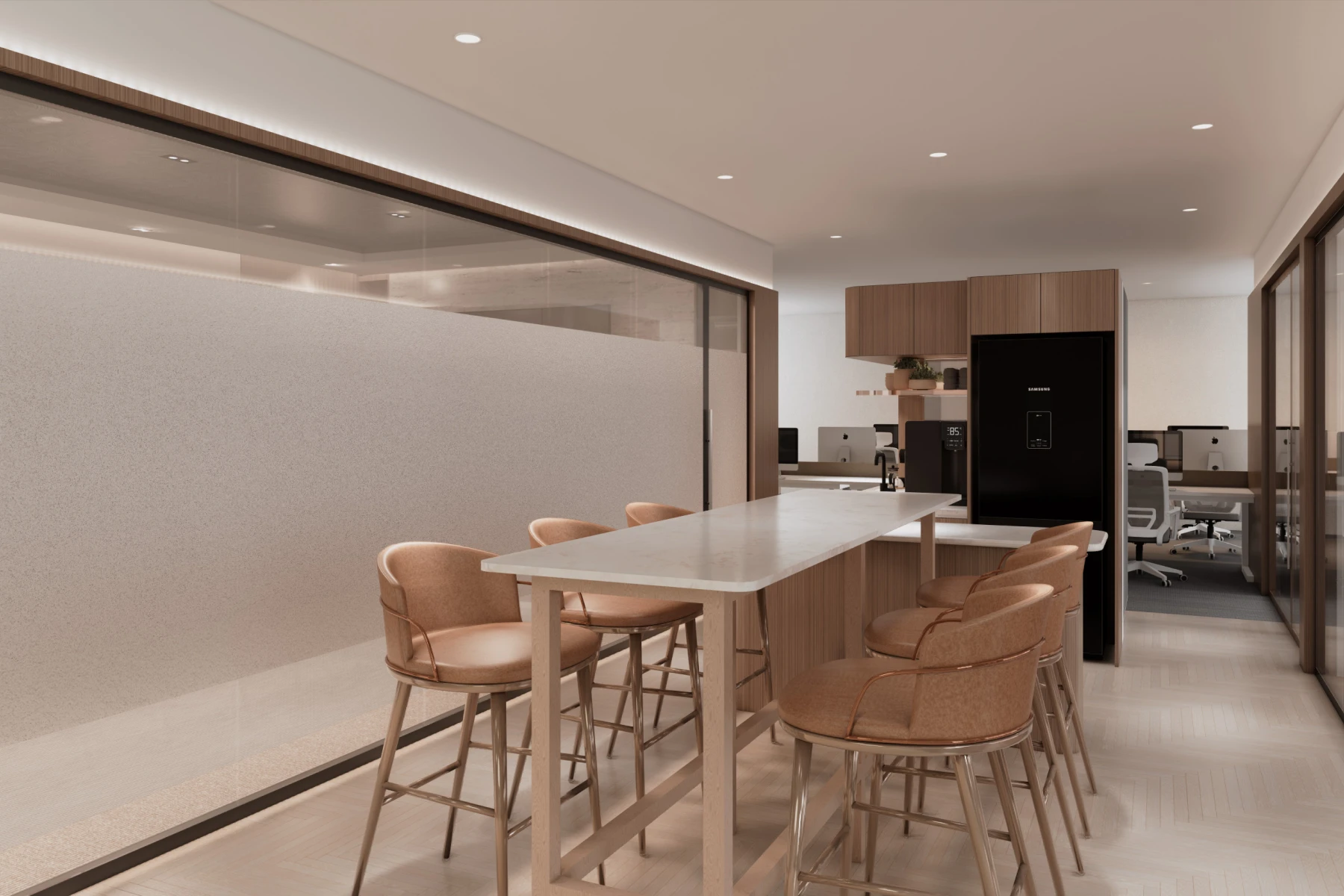
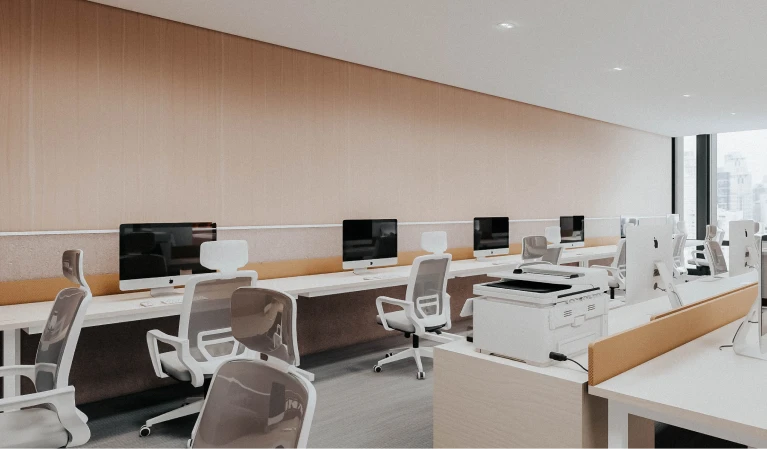
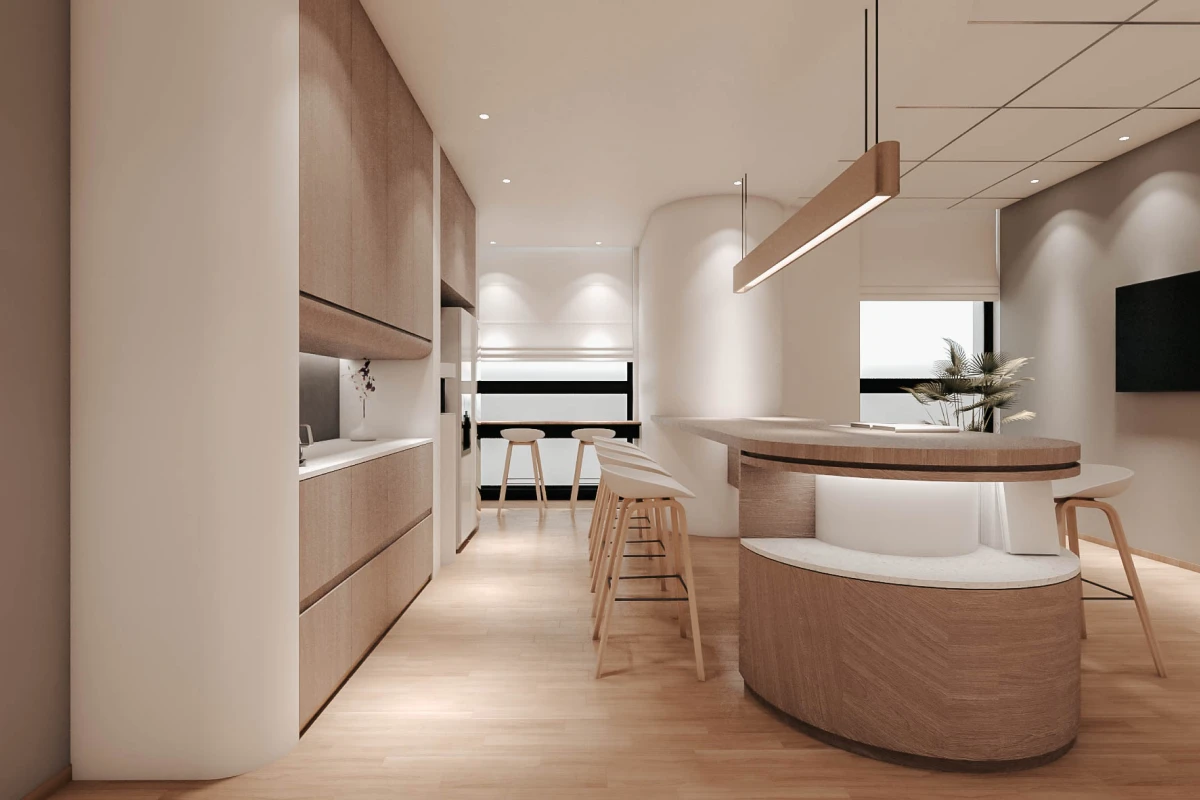
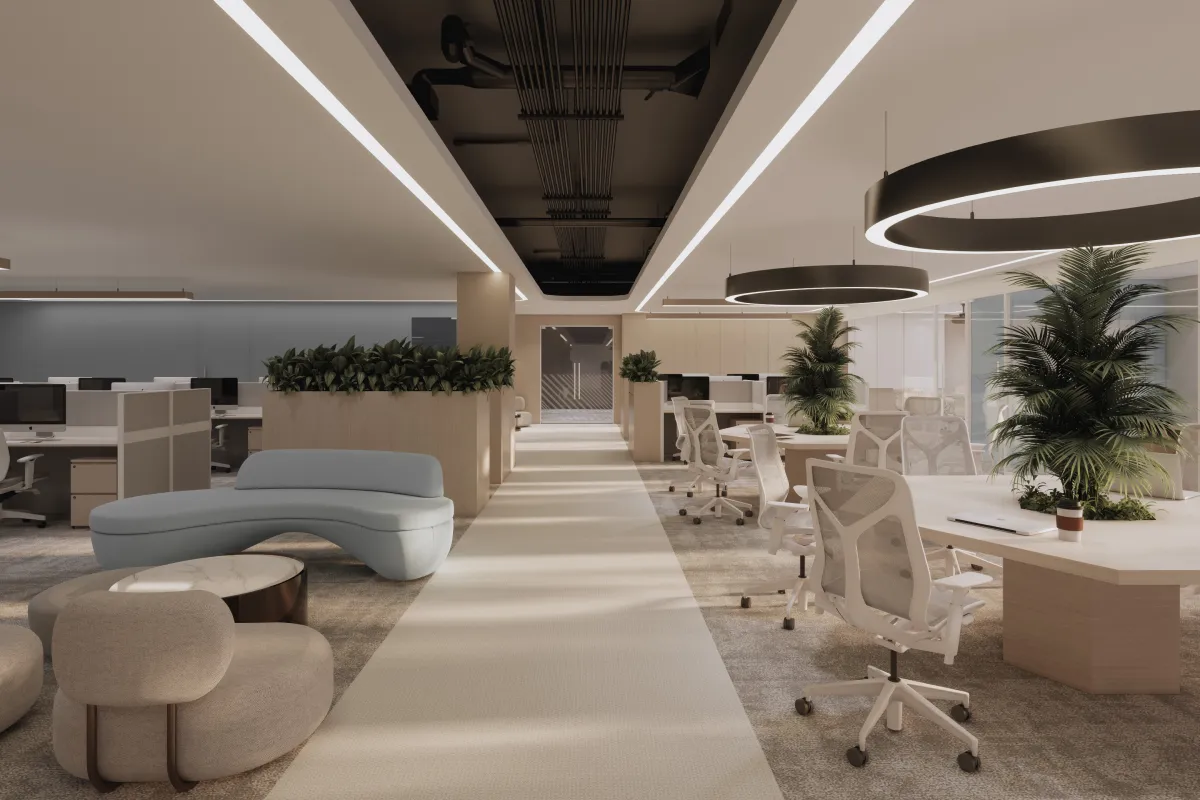
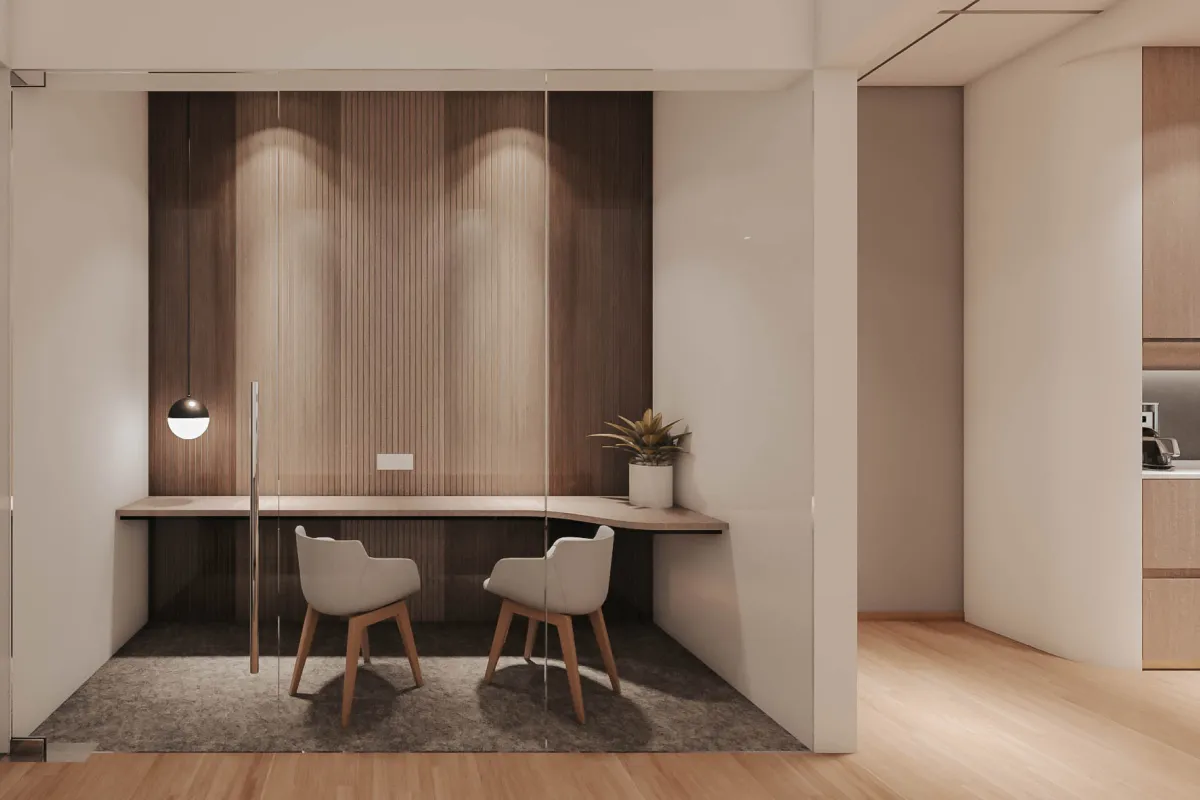
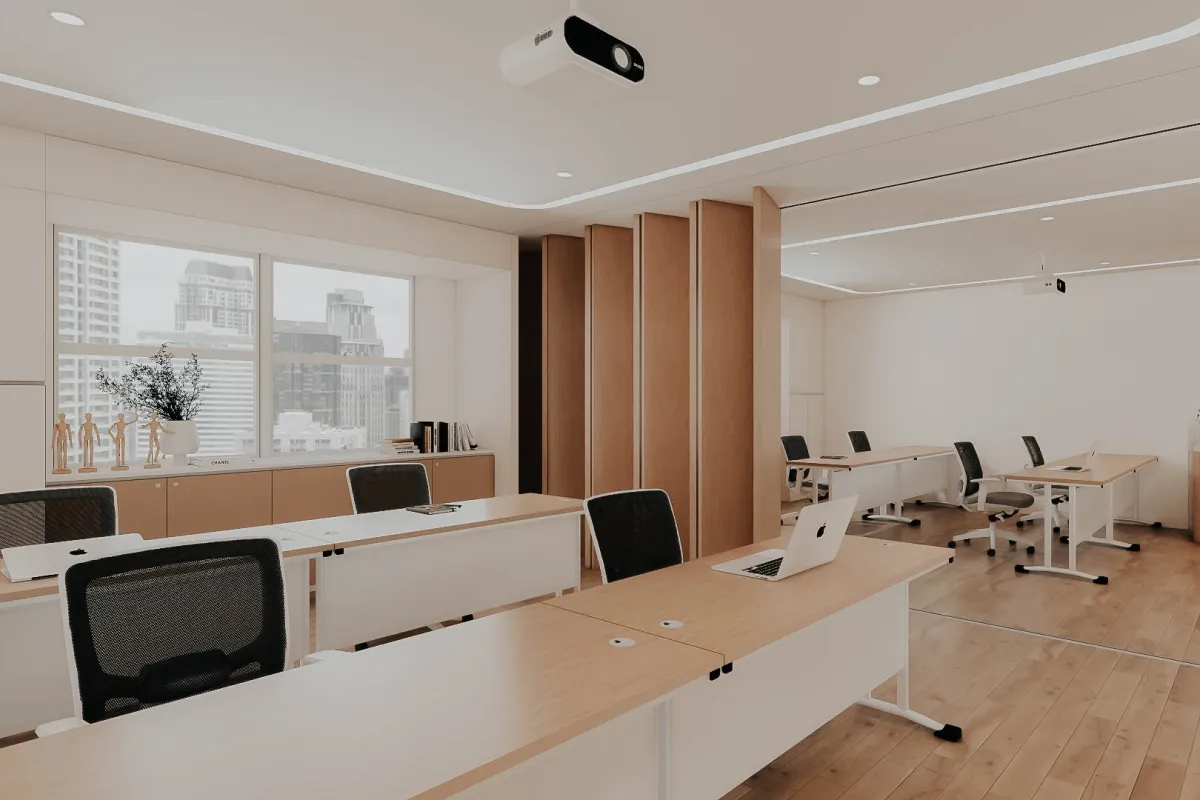
.png)





